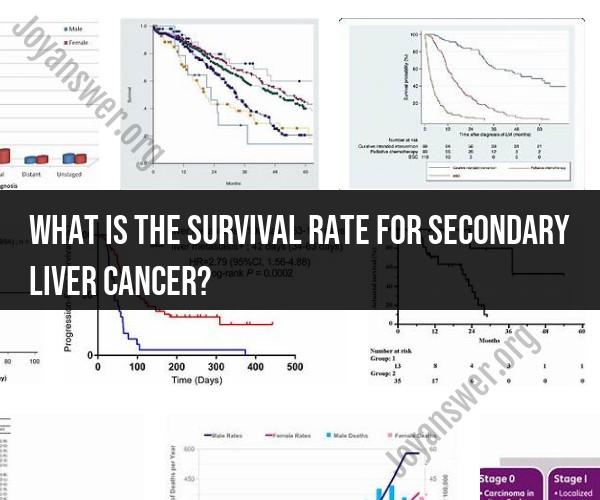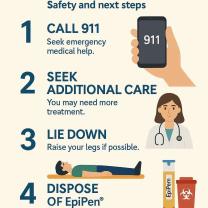What is the survival rate for secondary liver cancer?
The survival rate for secondary liver cancer, also known as metastatic liver cancer, can vary widely depending on several factors, including the primary cancer type, the extent of liver involvement, the overall health of the patient, the effectiveness of treatment, and the stage of the cancer at the time of diagnosis. It's essential to understand that secondary liver cancer is generally considered advanced cancer because it has spread from another part of the body to the liver.
Here are some general considerations regarding survival rates for secondary liver cancer:
Primary Cancer Type: The type of cancer that has metastasized to the liver plays a significant role in survival rates. Some primary cancers, when they spread to the liver, may respond well to treatment and have a more favorable prognosis than others.
Extent of Liver Involvement: The number and size of liver tumors and how extensively the liver is affected can impact survival rates. If the liver involvement is limited and can be treated effectively, the prognosis may be more favorable.
Overall Health: The patient's overall health and ability to tolerate treatment are crucial factors. Patients in good general health may be better equipped to undergo aggressive treatments.
Stage of the Cancer: The stage at which the cancer is diagnosed is significant. In some cases, secondary liver cancer is diagnosed at an earlier stage when there are fewer tumors, which can improve the chances of successful treatment.
Response to Treatment: The response to treatment can vary from person to person. Some individuals may respond well to treatment and experience long-term remission or control of the cancer, while others may not respond as effectively.
Palliative Care: In cases where the cancer is advanced and not curable, palliative care focuses on improving the quality of life and managing symptoms. This can be an essential aspect of care for some patients.
It's important to note that survival rates are statistical estimates and do not predict an individual's outcome. Many factors influence a person's response to treatment and overall survival. Discussing your specific situation and prognosis with your healthcare team, including oncologists and specialists, can provide a more accurate understanding of your outlook and available treatment options.
Remember that advances in cancer treatment are ongoing, and new therapies and approaches are continually being developed. Seeking a second opinion from specialists experienced in treating metastatic liver cancer can also provide valuable insights and potential treatment options.













